About the Goddess of Mercy and White Devil
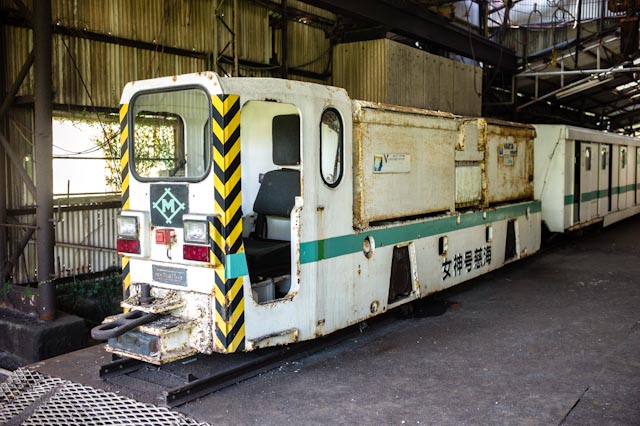
The Japanese characters on the locomotive read 女神号慈海 or “Goddess Mercy of the Sea”.It labels a battery-powered locomotive which was used to transport workers to tunnels underground in a coal mine on Ikeshima, an island 7 km off the coast in Nagaski prefecture, western Kyushu. So, what happened to this train and the island ?
Arriving at Ikeshima after a 30 min trip on a ferry, which connects the island with Kyushu, only a few people disembark. Walking around the little harbour visitors are greeting by the little boat; the helmet indicates the destiny of this place. Ikeshimas sole purpose in history was its undersea coalmine.
Operation started in 1959 and lasted for 42 years until 2001. During the peak of production in the 1980 1,5 mio tons of coal was extracted in the mine. Up to 8000 workers lived on the island and 1200 apartments were constructed. For 100 Yen a small shuttle bus takes you within 10 minutes to the final destination. No surprise as the island has only 0.8qkm. Surprising is the surrounding once you step out of the bus.
This architecture reminds me of Prora, a nazi build complex build on the island of Rügen in Germany to provide basic holiday apartments for the german workers on the seaside. Constructing housing at Ikeshima for 8000 people was a challenge given the small size of the island.
After the mine closed down in 2001 less than 300 people remained. I met a few of them. The shy away, do not want to be stared at by tourists. At a small information desk (with no material at hand) I am told they live from pensions paid the former mine operator Matsushima.
Decay can be seen all over the place. This contrasts is shocking, if you look at the first picture I found on the web from the days the mine was still in operation.
Outside as inside….
Walking back to the mine itself one passes by a big sports stadium, a deserted shopping street and signs of life from past days.
Entering (I admit trespassing) into one section of the mine buildings I discover a hall where old trains are stored. They are in miserable shape.
My attention is drawn to a mining train with german writing on the side. The barely to read plate on the front gives a hint to its origin. It reads “Schalke” which to me was so far only the name of a german soccer team. It turns out, that a company called Schalke-Eisenhuette produced and still produces these specialized , battery driven locomotives which transports workers into the tunnels underground. In the wagons attached I find the name of the agent who imported this equipment to Japan. It is the Correns Company, which has a long tradition with Japan and is still listed on the website of Schalke-Eisenhuette among their export references.
A little research on japanese websites reveals that the underground network of tunnels extended 93km which made efficient means of transportation a necessity. This locomotive was able to speed up to 50km/h and shuttled to various parts of the mine up to 19 times the day. This ability made the miners call the train 坑内新幹線 ( Shinkansen of the mine). The name “Goddess Mercy of the Sea” was chosen by the workers themselves, obviously with reference to the dangers this mine was exposed to because mining was done from the island underneath the seabed, but still in the ocean. In it last stages of operation the mine apparently suffered from seawater drainage.
The train was imported from Germany in 1996 and was in service for only 5 years until the closure of the mine in 2001. Matsushima Coal Mining Co. decided to close the mine, according to media reports,, saying it was no longer commercially viable to compete with cheaper imports. Also the government ended subsidies for domestically produced coal after March 31,2002. And finally production had declined after a tunnel fire hit in 2000. In the perception of many, so the japanese media files, decline and closure was associated with the introduction of this train and they gave it an additional name, 池島の白い悪魔 , the white devil from Ikeshima.
Leaving the site I pass a monument dedicated to the coal miners and one of the towers where the coal was brought up to surface and tranfered to the conveyer-belts for further processing.
On the seaside I walk along the largest part of the processing facilities. The coal was transported directly to the ships. I have no idea how the process of cracking, washing etc. worked. This place is a museum of a past stage of industrial evolution. It was just suddenly abandoned. A second conveyer-belt to the shore not completed, screwdrivers just dropped out of the hand. The rest is left to nature. No clean up necessary on island which might be completely left to its own once the last person has left.
or left to the cats….
Hard to believe this state of disaster and negligence. Just a forgotten place somewhere in Japan. This makes you sad once your are back observing the sunset over Ikeshima (on the right).
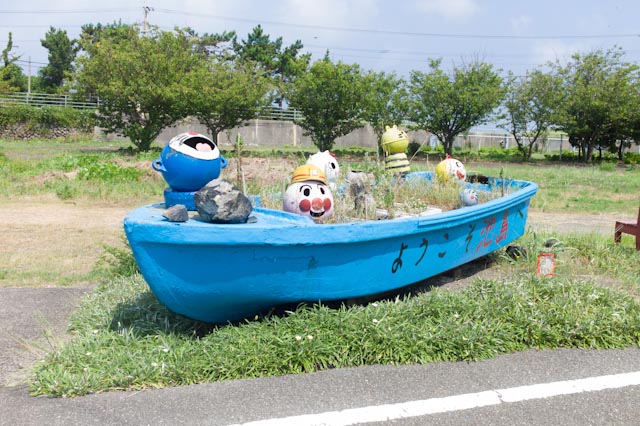
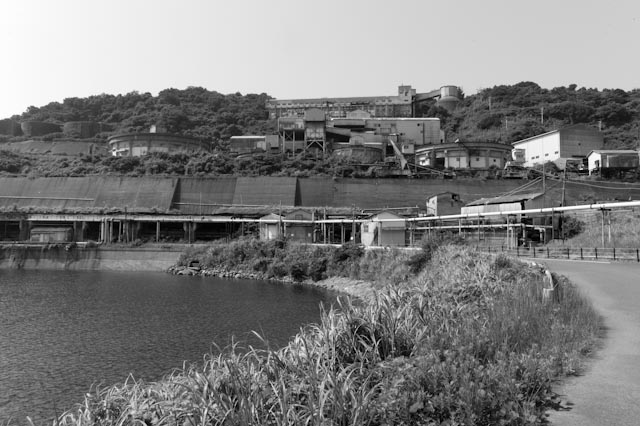
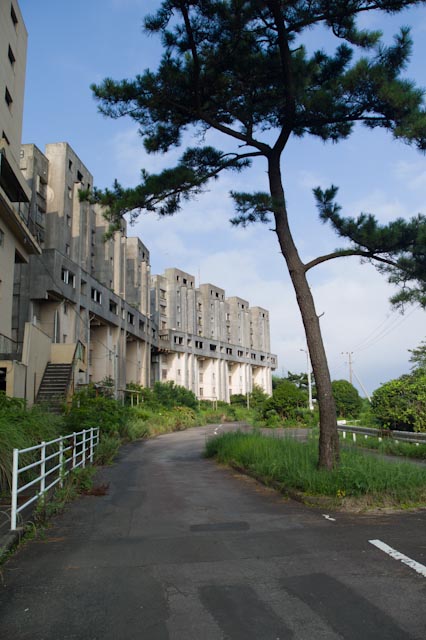
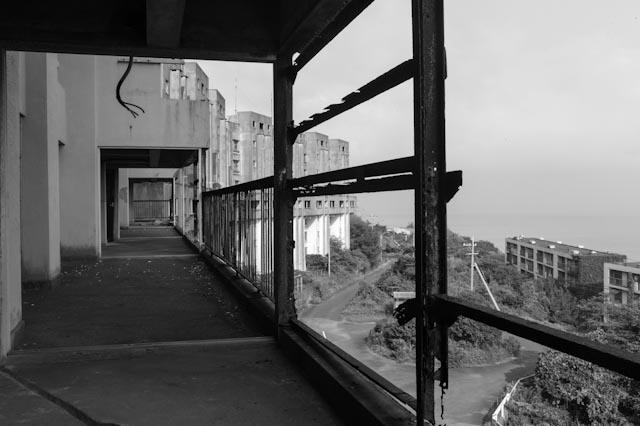
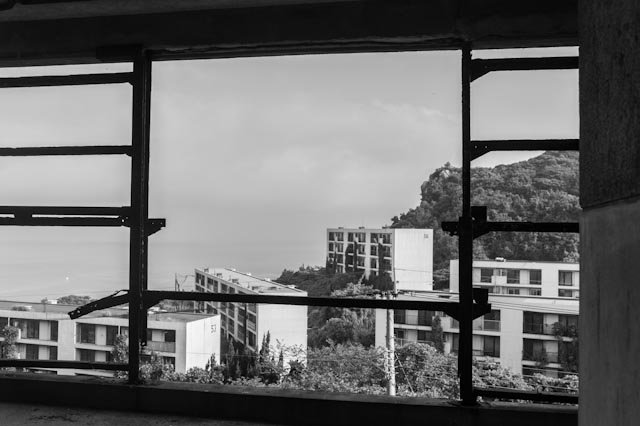
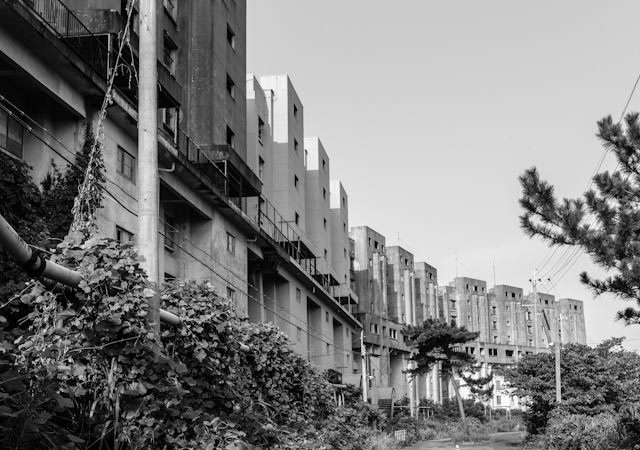
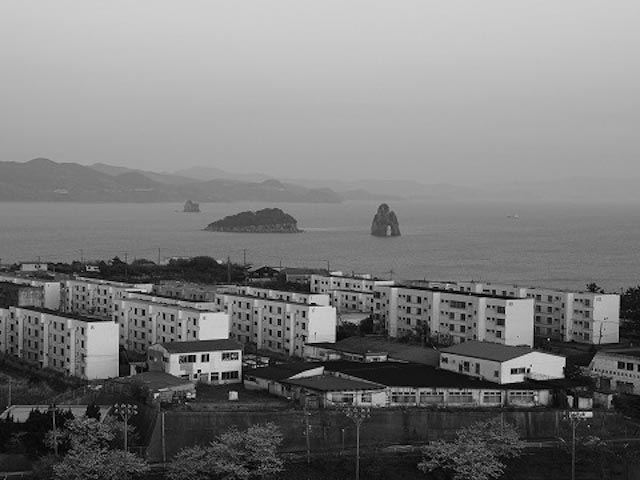
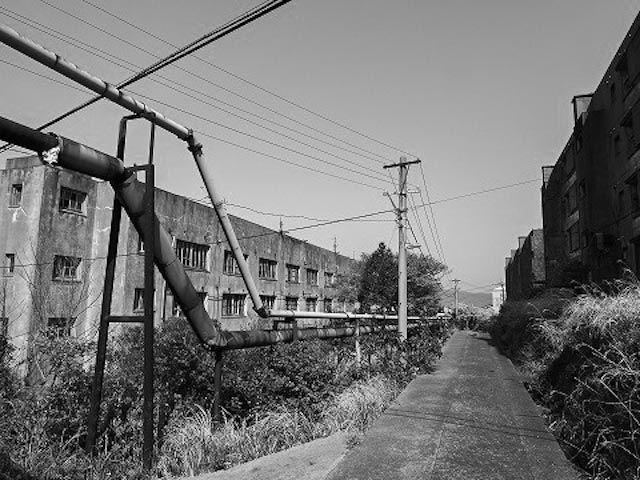
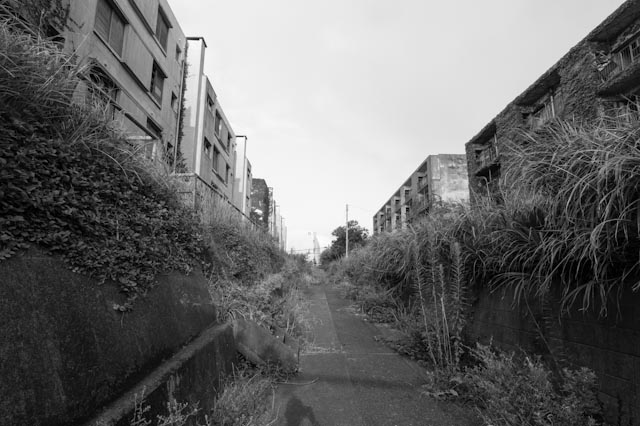
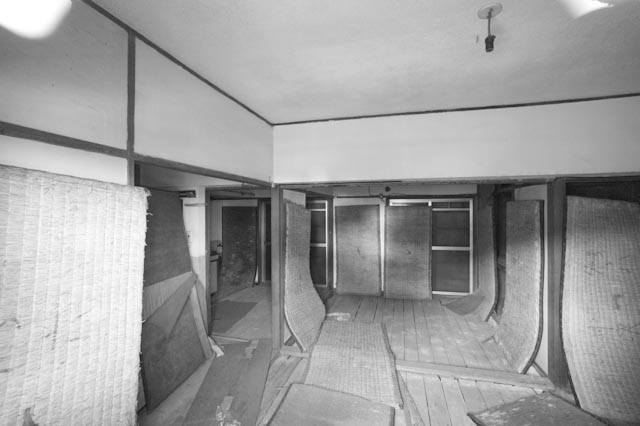
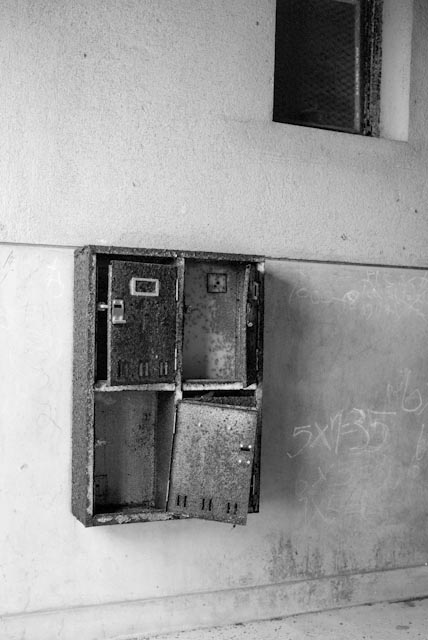
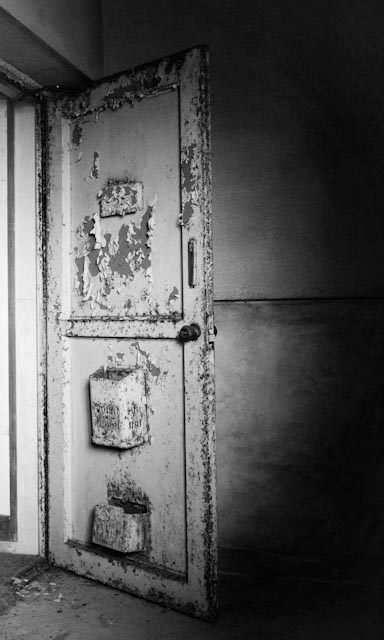
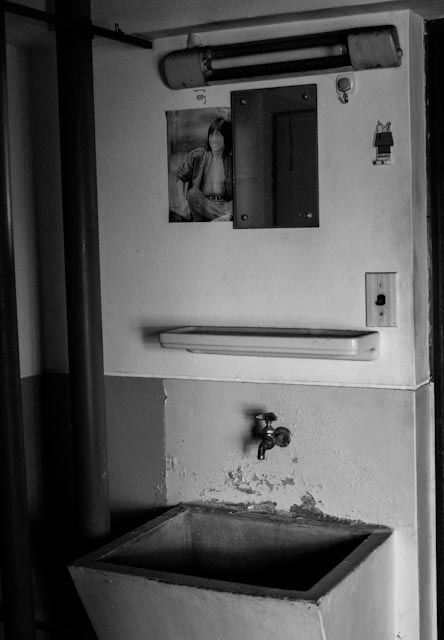
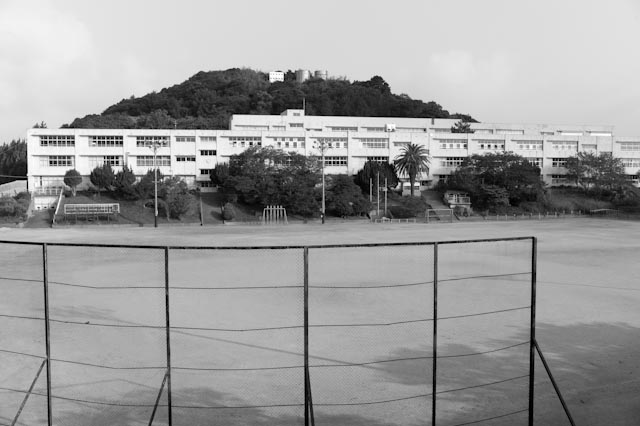
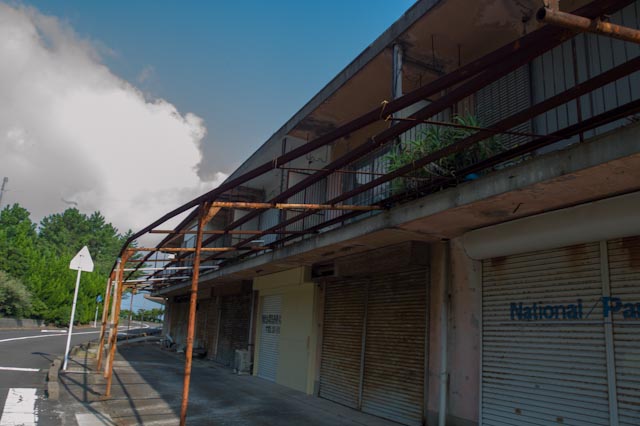
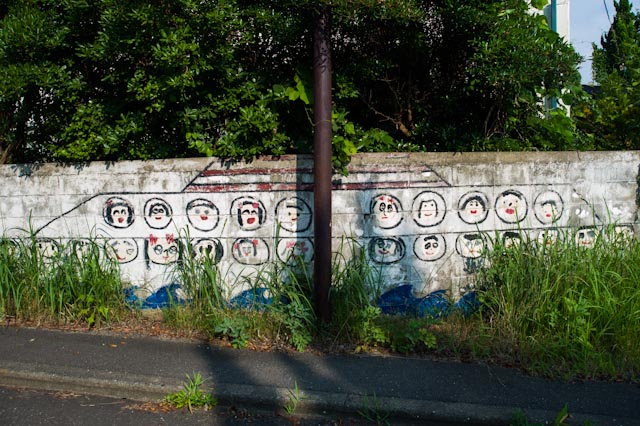
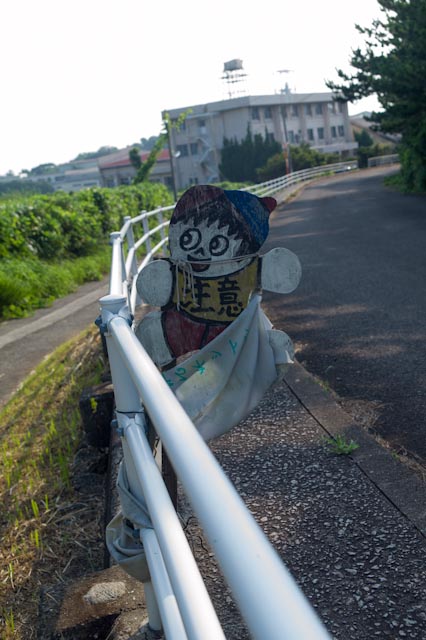
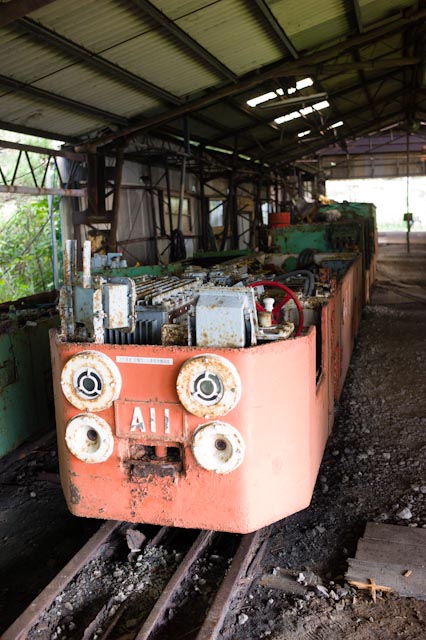
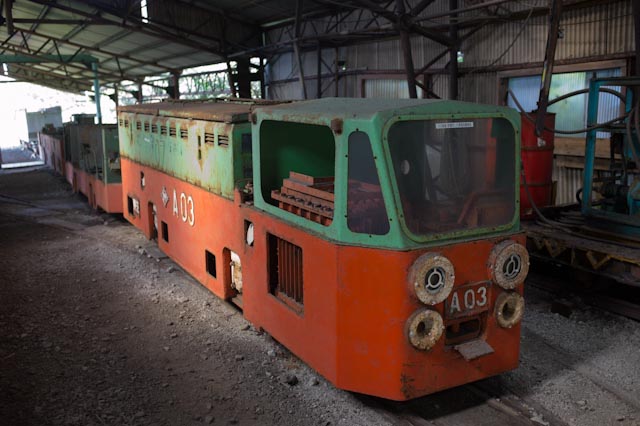
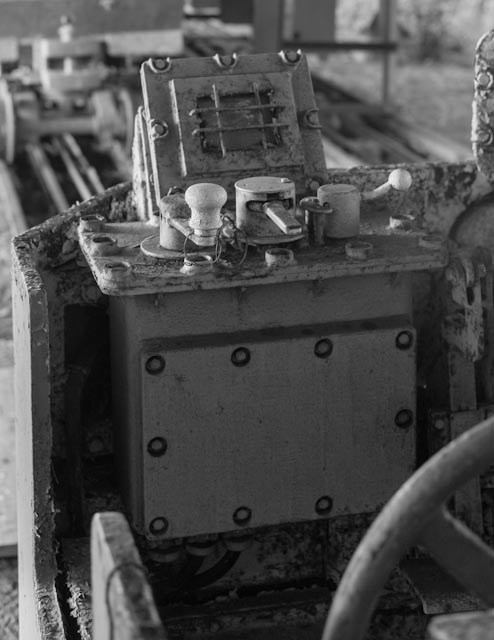
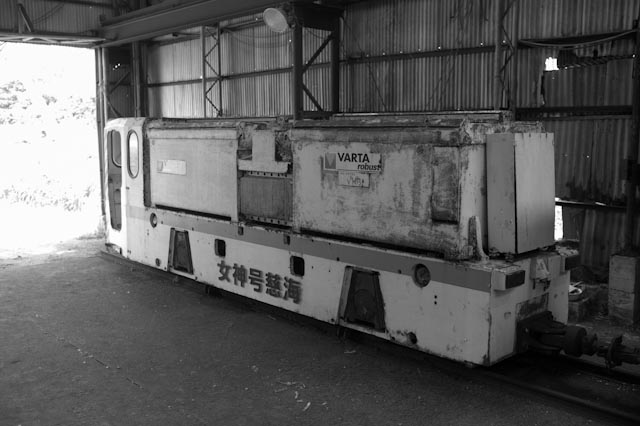
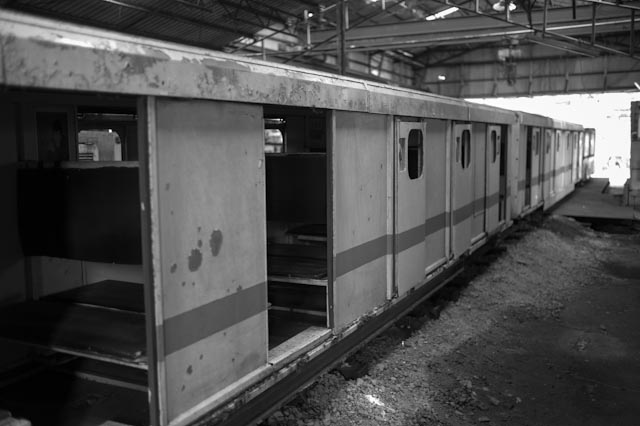
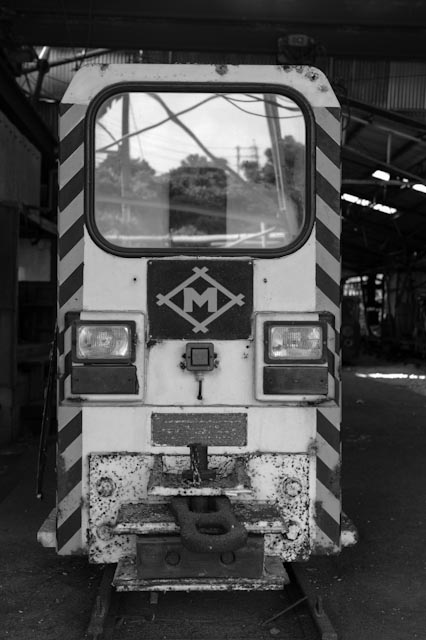
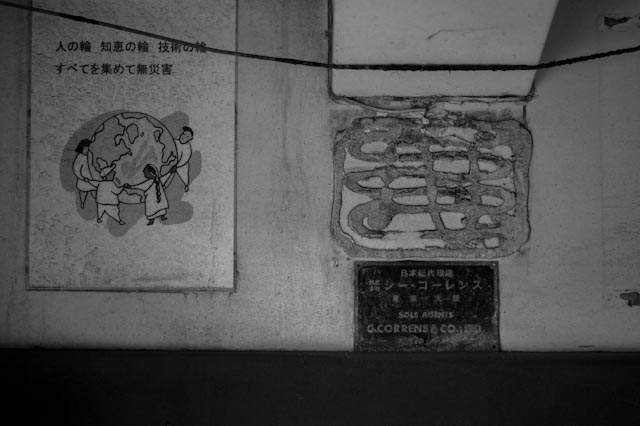
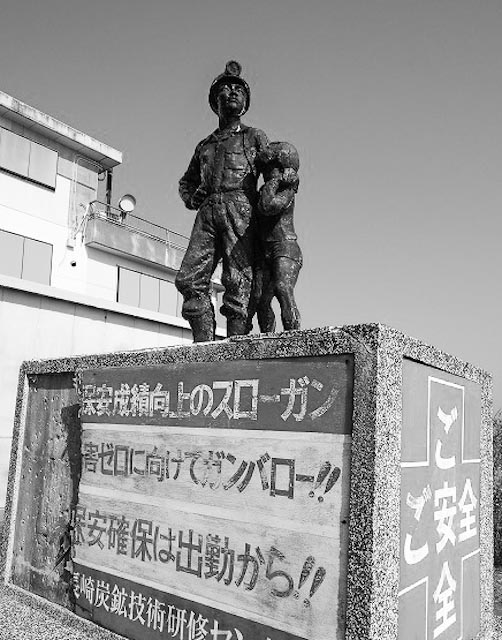
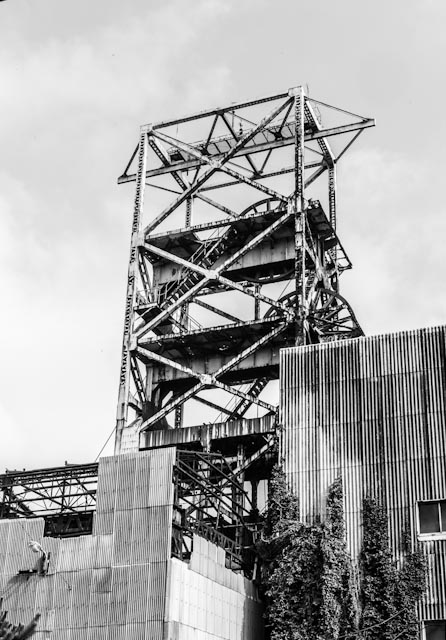
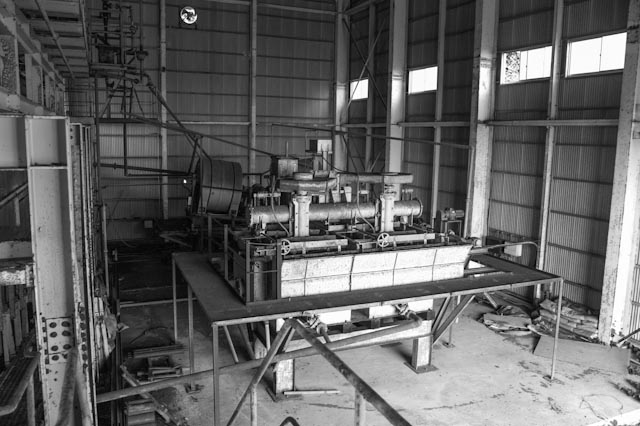
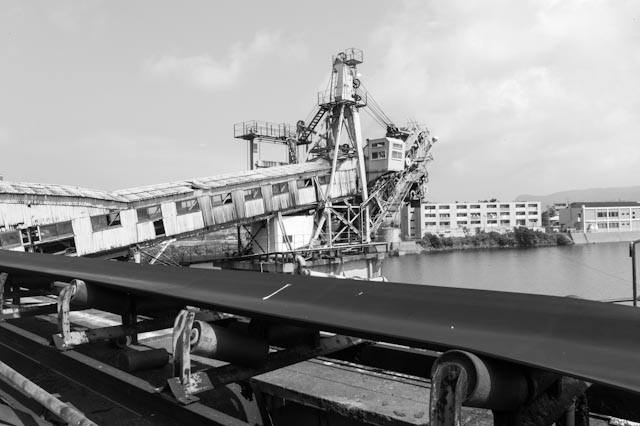
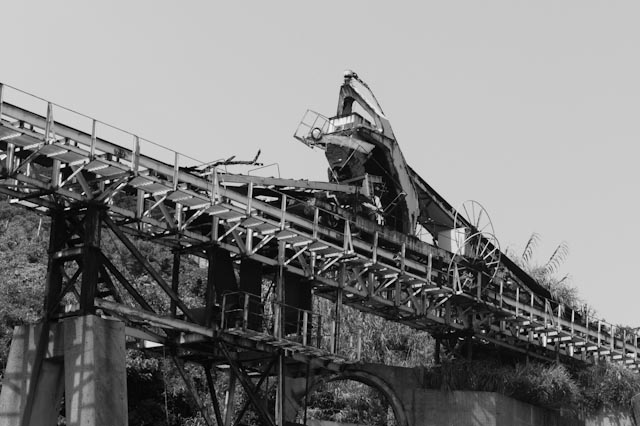
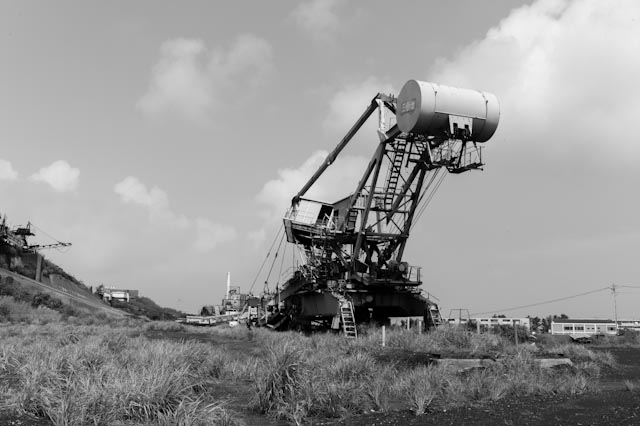
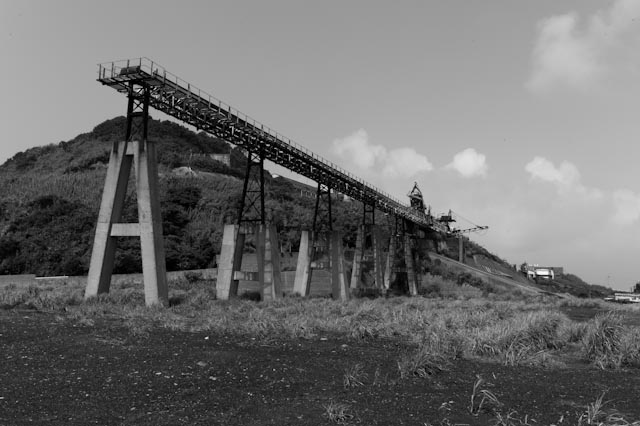
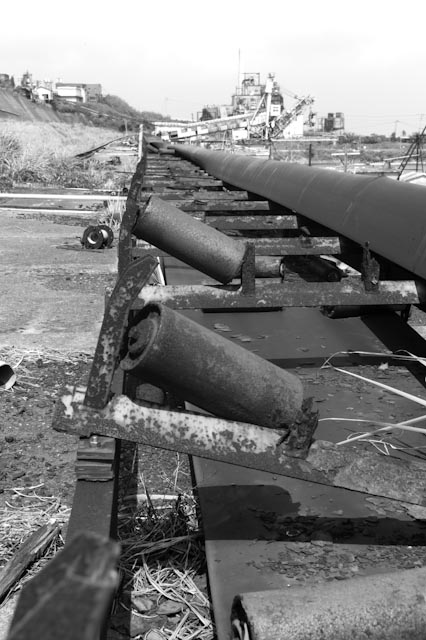
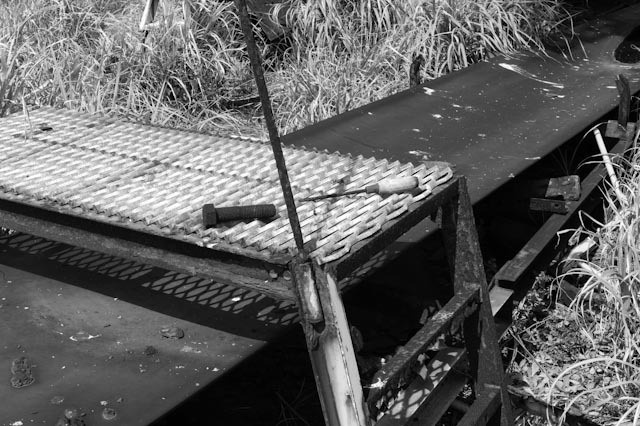
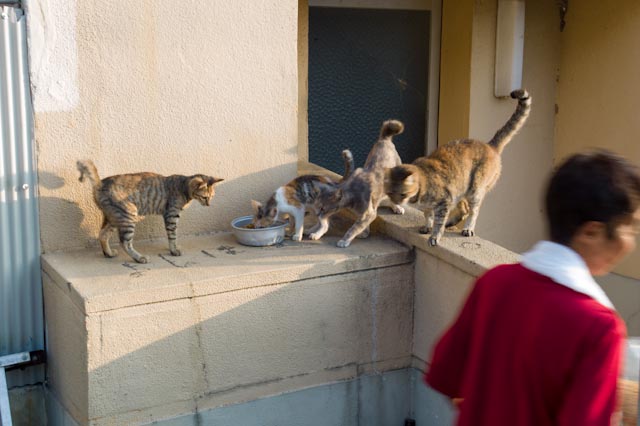
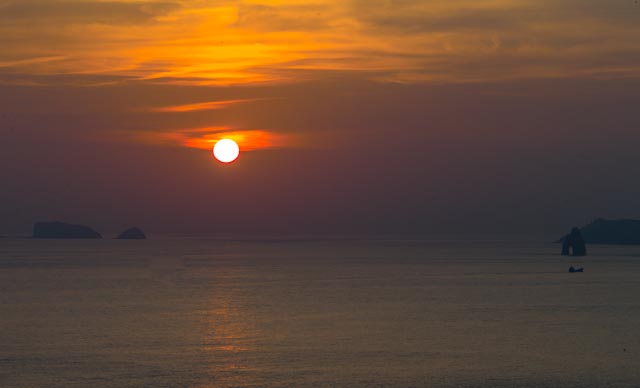
Leave a Reply